

This feature is only available to premium members
Check out our Premium Accounts
Select your Account Type
I'm a Parent Add up to 6 children
Premium Account Required
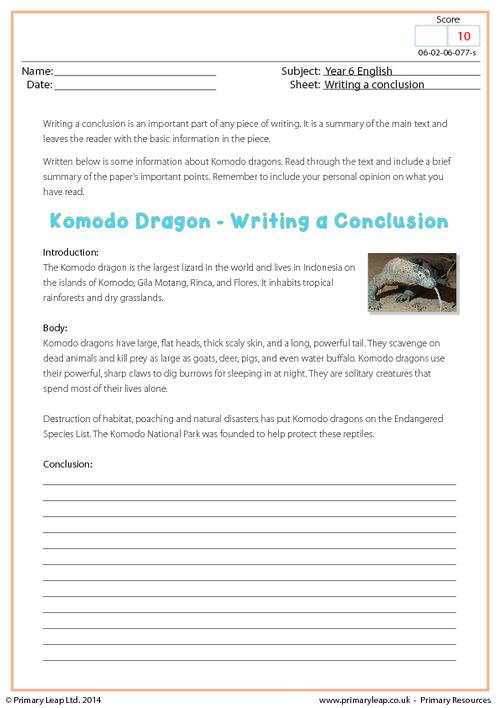

Premium Account Required
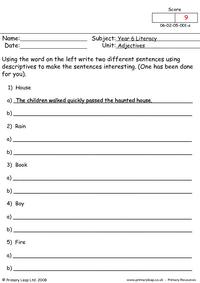
When writing a story it is important to keep the reader interested in what they are reading. This wo

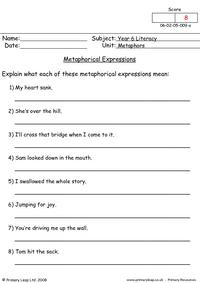
Metaphors don't mean exactly what the words say, e.g. My teacher is a dragon. Students read the meta

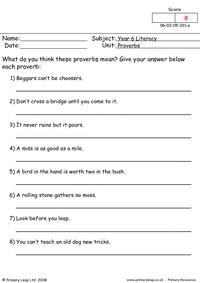
Proverbs usually contain words of wisdom and are generally known by many people. Students read the p

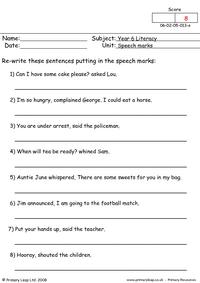
Speech marks are used to show that someone is speaking. They go around the words being said. Student

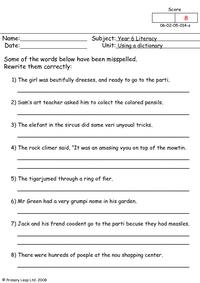
Year 6 English - Some of the words in these sentences have been misspelled. Students must read the s

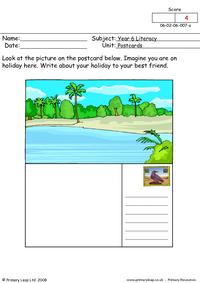
A year 6 English worksheet that asks children to write to their friend telling them all about their

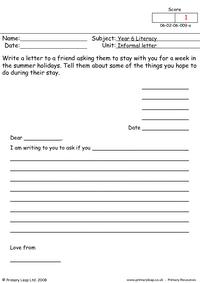
This English activity asks children to write a letter to a friend asking them to stay in the summer

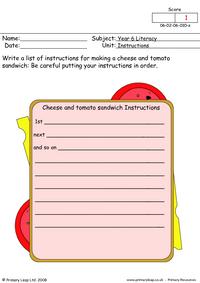
A fun simple worksheet where children are asked to write down their own instructions to make a chees

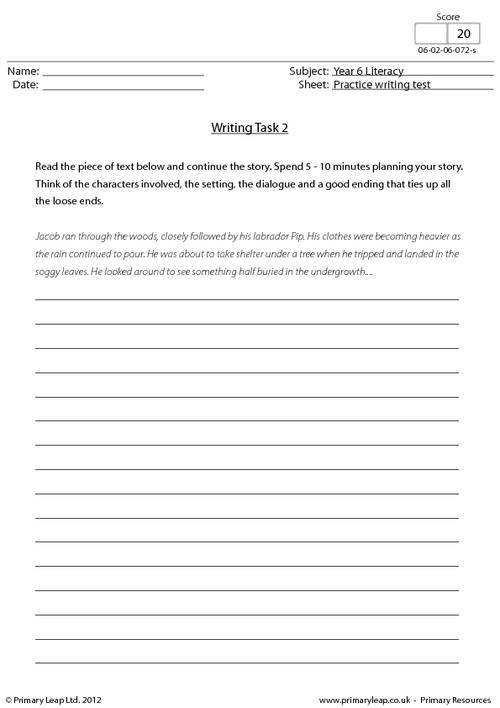
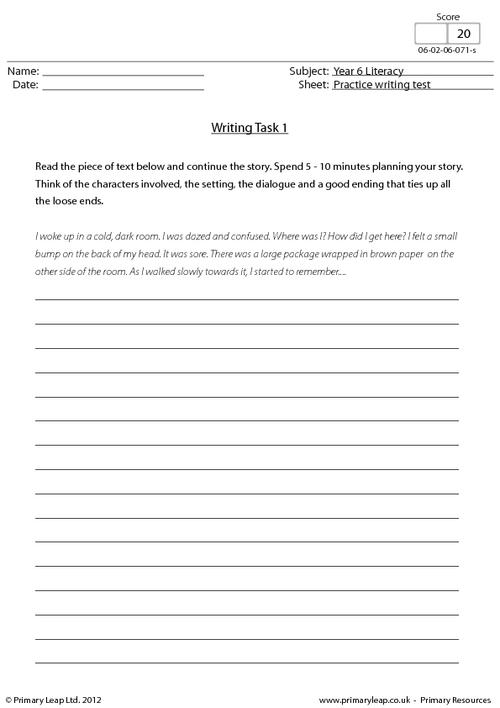
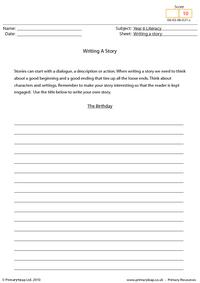
Stories can start with a dialogue, description or action. When writing a story we need to think abou

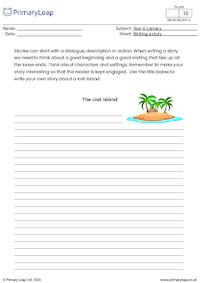
Stories can start with a dialogue, description or action. When writing a story we need to think abou

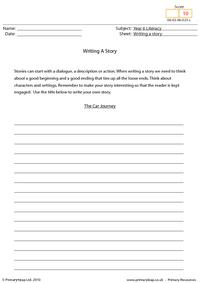
Pupils are asked to use the title 'The car journey' and write their own story. This Year 6 English p

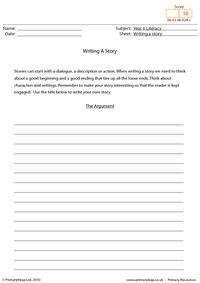
Students are asked to use the title 'The Argument' and write their own story. This Year 6 English pr

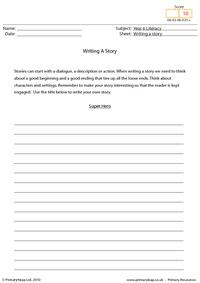
Children are asked to use the title 'Super hero' and write their own story. This Year 6 English prin

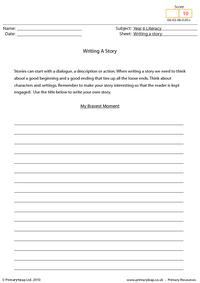
This page includes lines for students to write on and the title 'My Bravest Moment'. Students must u

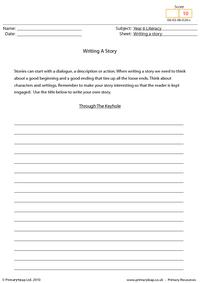
Students are asked to use the title 'Through the keyhole' and write their own story. This Year 6 Eng

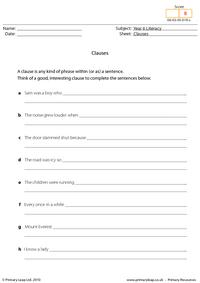
A clause may form part of a sentence or it may be a complete sentence in itself. Students think of a

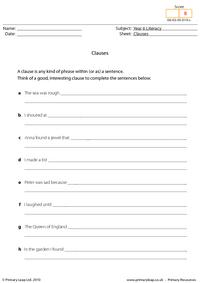
A clause may form part of a sentence or it may be a complete sentence in itself. Students think of a

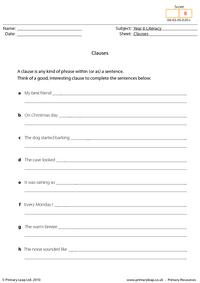
A clause may form part of a sentence or it may be a complete sentence in itself. Students think of a

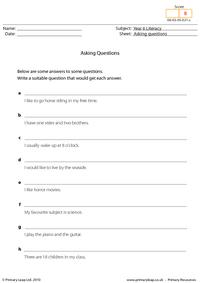
This worksheet includes 8 answers but no questions. Students must look at the answers and write a su

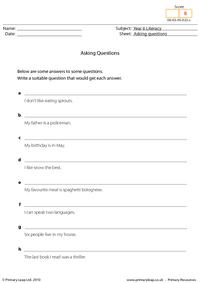
This worksheet includes 8 answers but no questions. Students must look at the answers and write a su

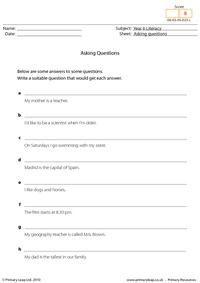
This worksheet includes 8 answers but no questions. Students must look at the answers and write a su

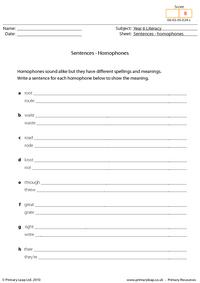
Homophones are words that sound the same but they have different spellings and different meanings. C

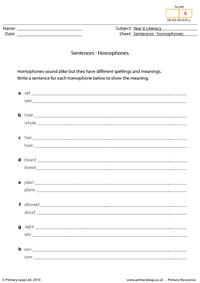
Homophones are words that sound the same but they have different spellings and different meanings. C

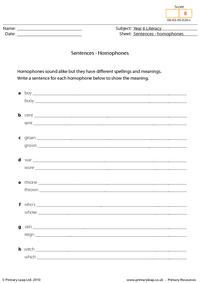
Homophones are words that sound the same but they have different spellings and different meanings. C

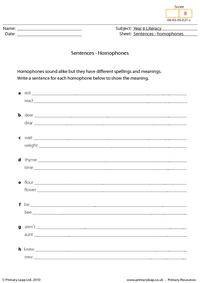
Homophones are words that sound the same but they have different spellings and different meanings. C

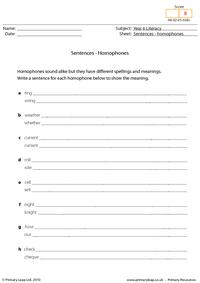
Homophones are words that sound the same but they have different spellings and different meanings. C

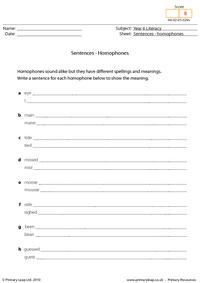
Homophones are words that sound the same but they have different spellings and different meanings. C

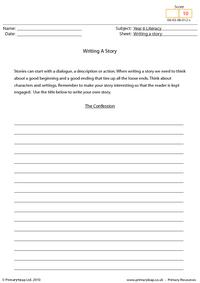
This is a great activity to help children practise their writing. When writing a story we need to th

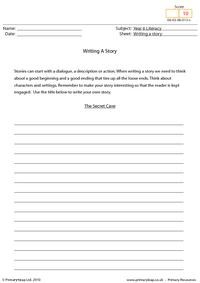
This is a great activity to help children practise their writing. When writing a story we need to th

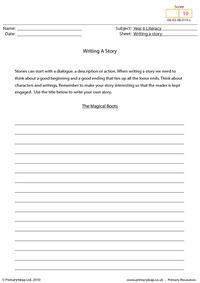
This handy year 6 English activity will help children's creativity and writing. Stories can start wi

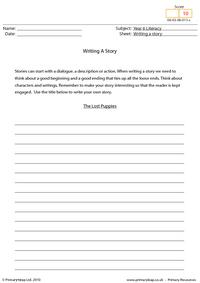
This year 6 English activity will help children's creativity and writing. Stories can start with a d

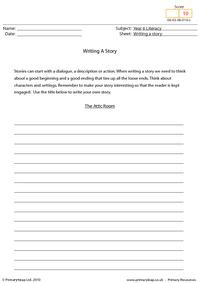
This year 6 English activity will help children's creativity and writing. Stories can start with a d

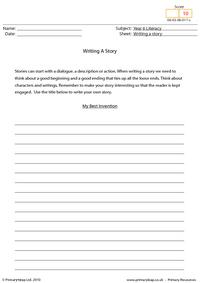
This year 6 English activity will help children's creativity and writing. Stories can start with a d

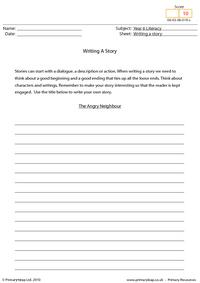
Stories can start with a dialogue, description, or action. When writing a story we need to think abo

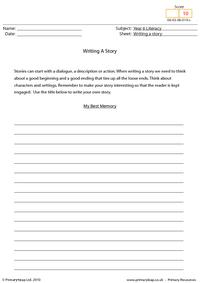
Stories can start with a dialogue, description or action. When writing a story we need to think abou

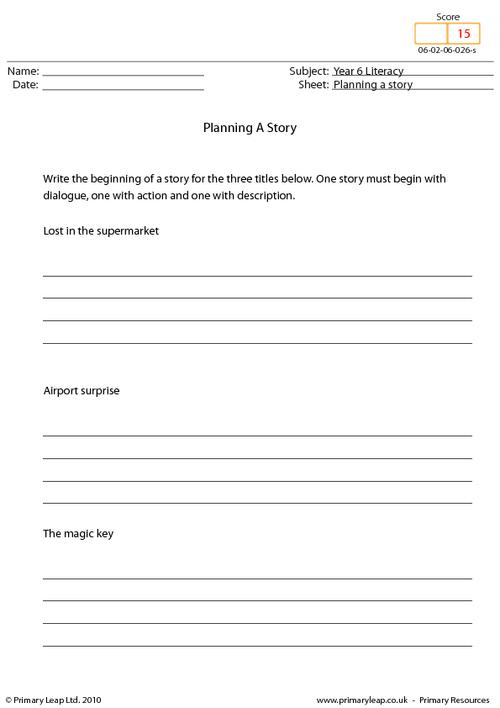
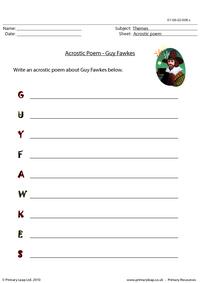
Your acrostic poem should be about Guy Fawkes and each line should begin with the letter on that lin

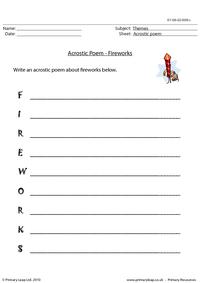
Your acrostic poem should be about fireworks and each line should begin with the letter on that line

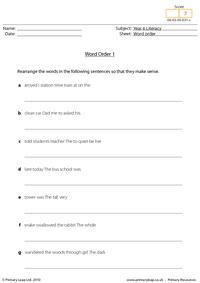
This worksheet includes seven sentences that have been muddled up. Students must rearrange the sente

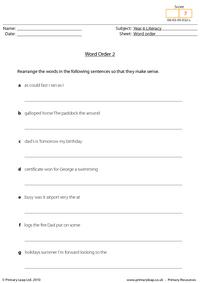
This worksheet includes seven sentences that have been muddled up. Students must rearrange the sente

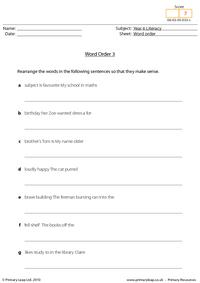
This worksheet includes seven sentences that have been muddled up. Students must rearrange the sente

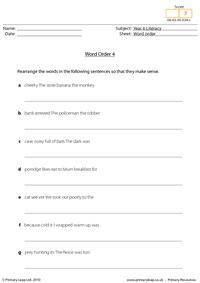
This worksheet includes seven sentences that have been muddled up. Students must rearrange the sente

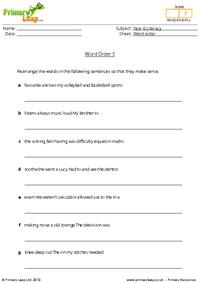
This worksheet includes seven sentences that have been muddled up. Students must rearrange the sente

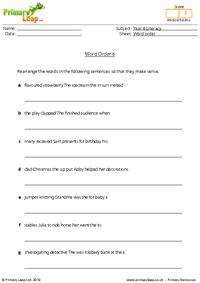
This worksheet includes seven sentences that have been muddled up. Students must rearrange the sente

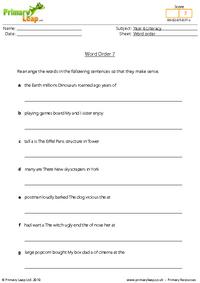
This worksheet includes seven sentences that have been muddled up. Students must rearrange the sente

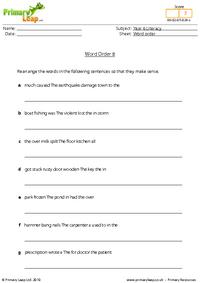
This worksheet includes seven sentences that have been muddled up. Students must rearrange the sente

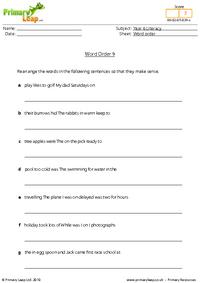
This worksheet includes seven sentences that have been muddled up. Students must rearrange the sente

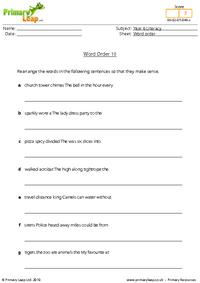
This worksheet includes seven sentences that have been muddled up. Students must rearrange the sente

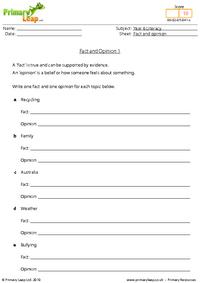
A fact is true and can be supported by evidence. An opinion is a belief or how someone feels about s

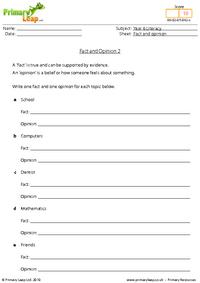
A fact is true and can be supported by evidence. An opinion is a belief or how someone feels about s

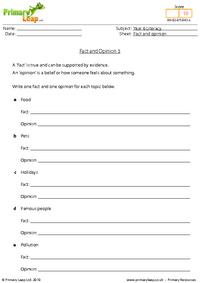
A fact is true and can be supported by evidence. An opinion is a belief or how someone feels about s

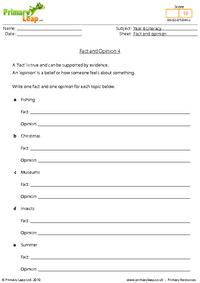
A fact is true and can be supported by evidence. An opinion is a belief or how someone feels about s

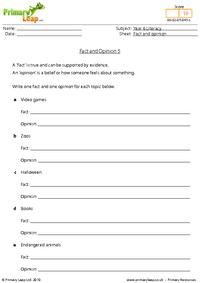
A fact is true and can be supported by evidence. An opinion is a belief or how someone feels about s

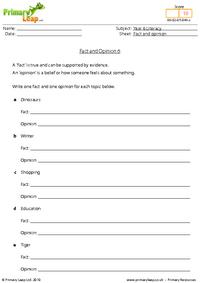
A fact is true and can be supported by evidence. An opinion is a belief or how someone feels about s

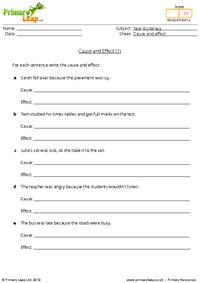
A cause is why something happens. An effect is what happens. Students read the sentences and write t

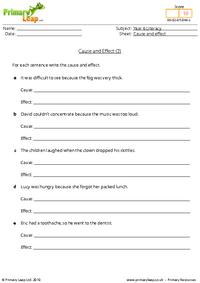
A cause is why something happens. An effect is what happens. Students read the sentences and write t

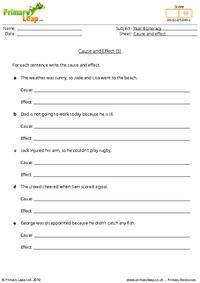
A cause is why something happens. An effect is what happens. Students read the sentences and write t

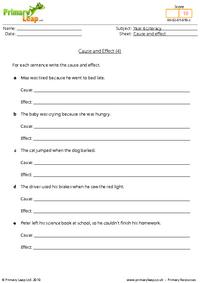
A cause is why something happens. An effect is what happens. Students read the sentences and write t

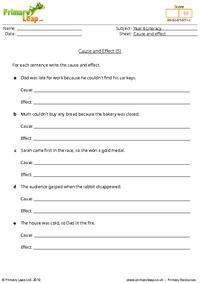
A cause is why something happens. An effect is what happens. Students read the sentences and write t

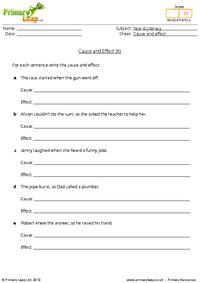
A cause is why something happens. An effect is what happens. Students read the sentences and write t

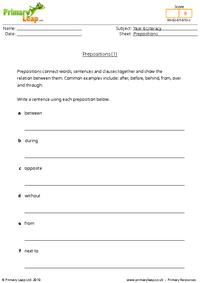
This worksheet includes six prepositions. Prepositions connect words, sentences, and clauses togethe

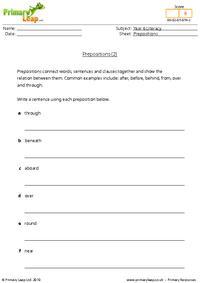
This worksheet includes six prepositions. Prepositions connect words, sentences, and clauses togethe

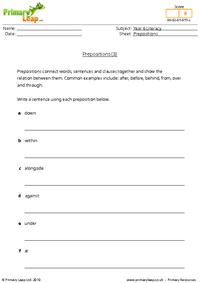
This worksheet includes six prepositions. Prepositions connect words, sentences, and clauses togethe

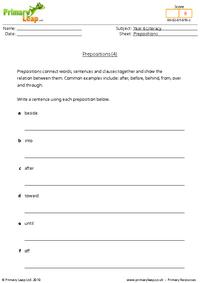
This worksheet includes six prepositions. Prepositions connect words, sentences, and clauses togethe

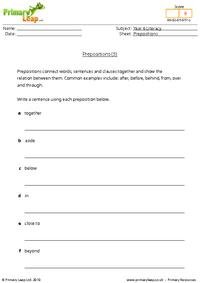
This worksheet includes six prepositions. Prepositions connect words, sentences, and clauses togethe

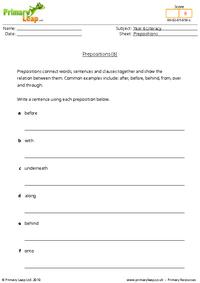
This worksheet includes six prepositions. Prepositions connect words, sentences, and clauses togethe

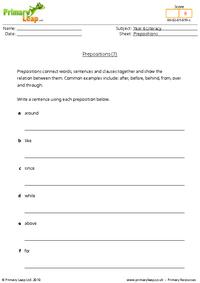
This worksheet includes six prepositions. Prepositions connect words, sentences, and clauses togethe

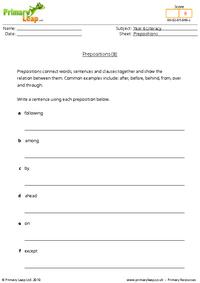
This worksheet includes six prepositions. Prepositions connect words, sentences, and clauses togethe

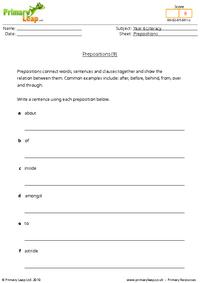
This worksheet includes six prepositions. Prepositions connect words, sentences, and clauses togethe

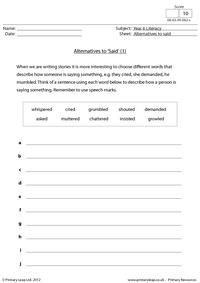
When we are writing stories it is more interesting to choose different words that describe how someo

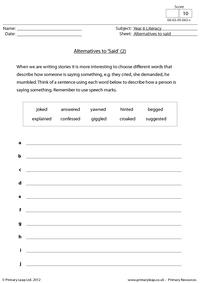
When we are writing stories it is more interesting to choose different words that describe how someo

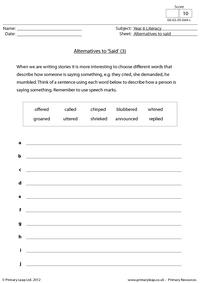
When we are writing stories it is more interesting to choose different words that describe how someo

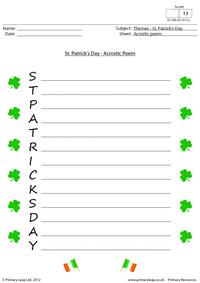
Write an acrostic poem about St. Patrick's Day.

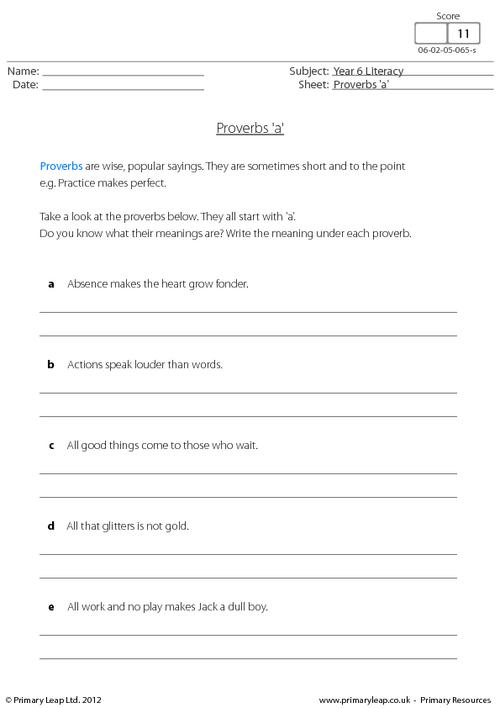
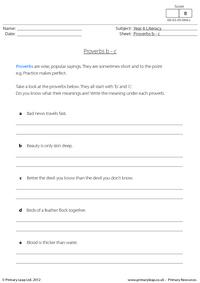
A year 6 literacy sheet with 8 questions about proverbs.

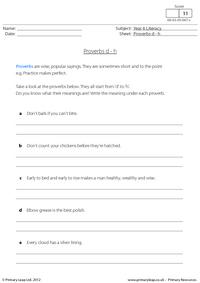
A year 6 literacy sheet with 11 proverbs. Find their meanings.

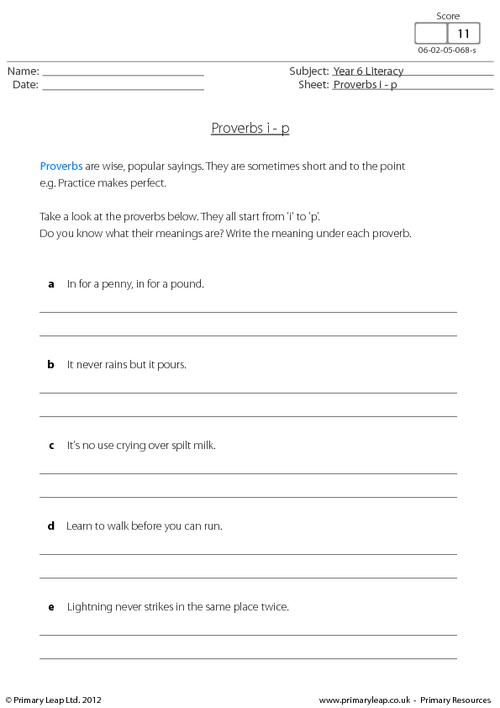
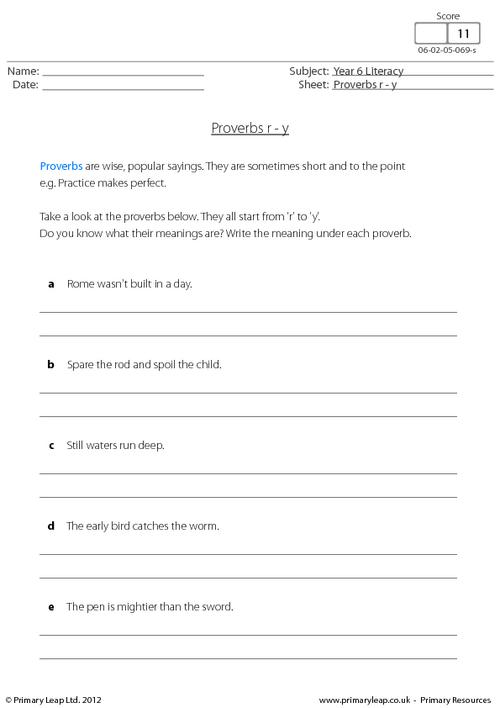
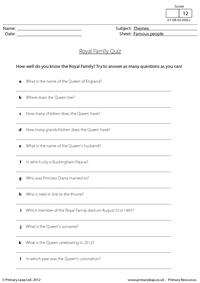
Try to answer as many questions as you can about the Royal Family.

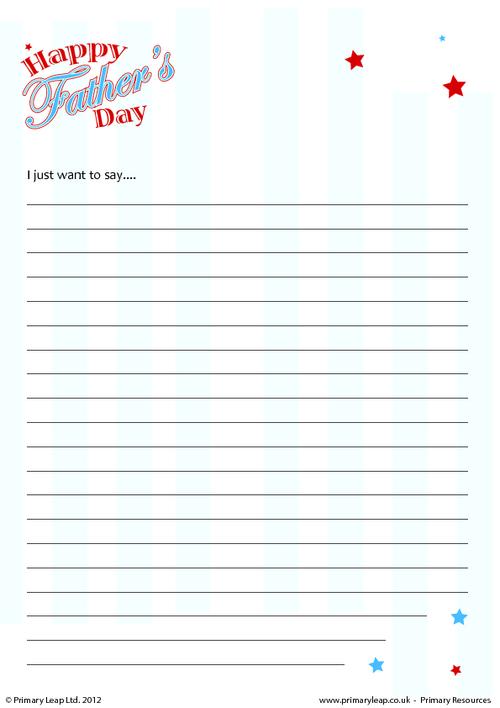
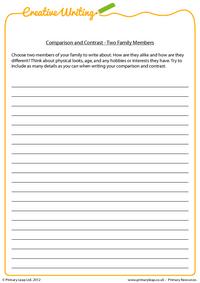
When you compare two things, you look for their similarities and their differences. Write a comparis

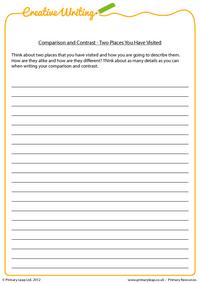
When you compare two things, you look for their similarities and their differences. Write a comparis

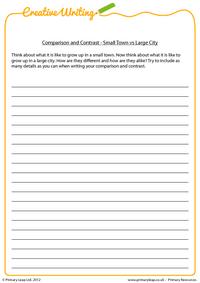
When you compare two things, you look for their similarities and their differences. Write a comparis

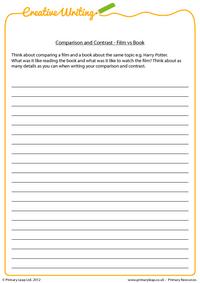
When you compare two things, you look for their similarities and their differences. Write a comparis

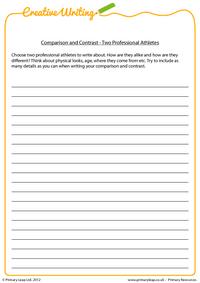
When you compare two things, you look for their similarities and their differences. Write a comparis

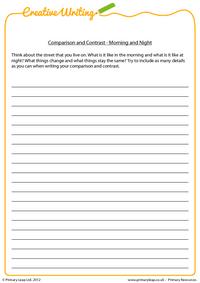
When you compare two things, you look for their similarities and their differences. Write a comparis

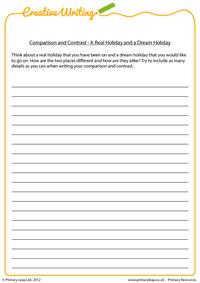
When you compare two things, you look for their similarities and their differences. Write a comparis

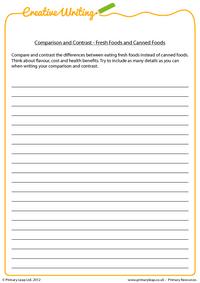
When you compare two things, you look for their similarities and their differences. Write a comparis

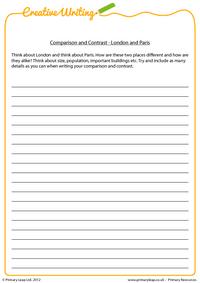
When you compare two things, you look for their similarities and their differences. Write a comparis

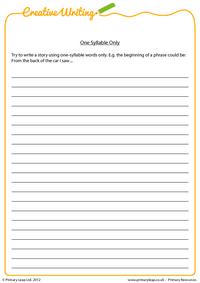
This KS2 resource requires children to write a story using one-syllable words only.

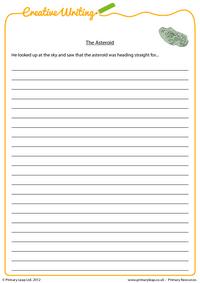
This KS2 resource requires children to write an essay about an asteroid. Read the first sentence and

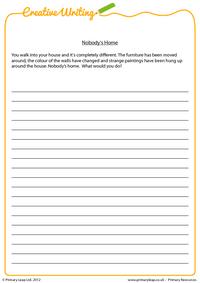
This is a KS2 resource where children are given a scenario and they must write about it.

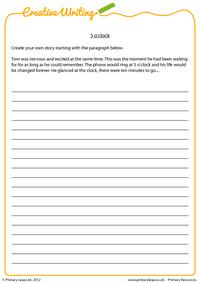
Use this handy English resource to help children practise their creative writing. Children must crea

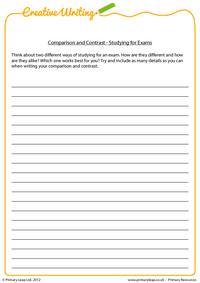
When you compare two things, you look for their similarities and their differences. Write a comparis

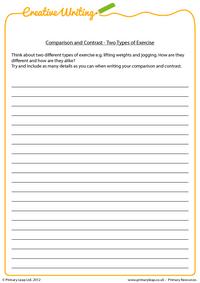
When you compare two things, you look for their similarities and their differences. Write a comparis


A creative writing activity for year 6 students. Children must create their own story using the para
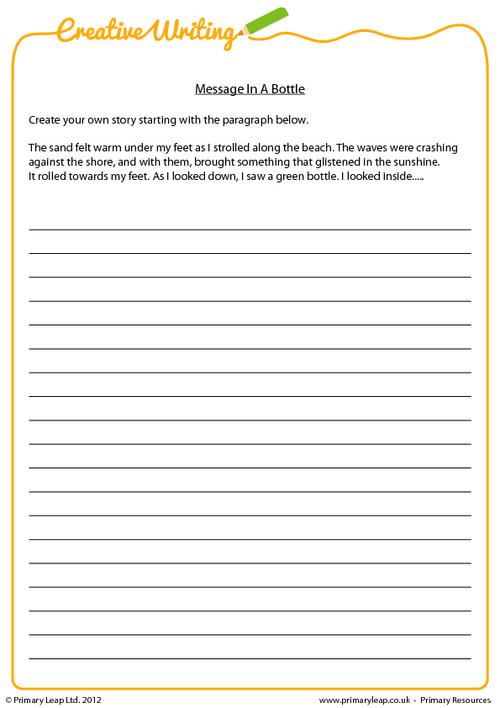
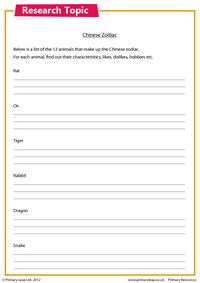
This worksheet asks children to find out some information about the 12 animals that make up the Chin

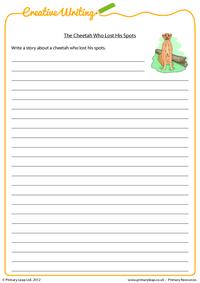
KS2 Creative writing worksheet. Write a story about a cheetah who lost his spots.

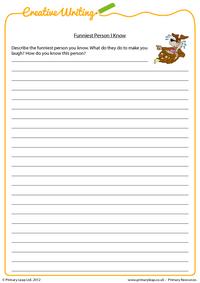
KS2 Creative writing worksheet - Students are asked to describe the funniest person they know. What

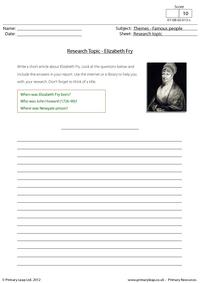
Research topic - Write a short article about Elizabeth Fry. Use the internet or a library to help yo

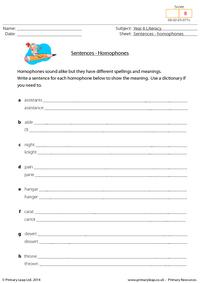
Homophones are words that sound the same but they have different spellings and different meanings. C

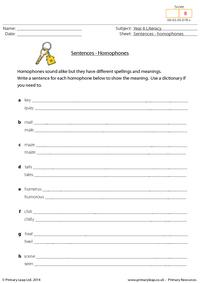
Homophones are words that sound the same but they have different spellings and different meanings. C

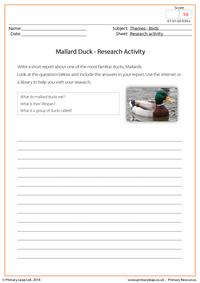
This worksheet asks students to write a short report about one of the most familiar ducks, mallards.

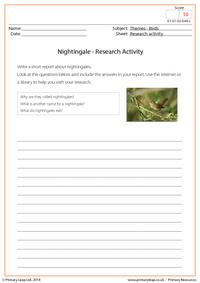
Celebrate National Bird Day with our bird theme worksheets. This worksheet asks students to write a

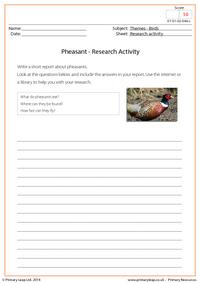
Celebrate National Bird Day with our bird theme worksheets. This worksheet asks students to write a

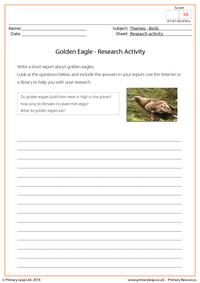
Celebrate National Bird Day with our bird theme worksheets. This worksheet asks students to write a

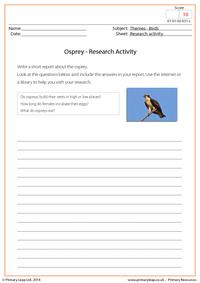
Celebrate National Bird Day with our bird theme worksheets. This worksheet asks students to write a

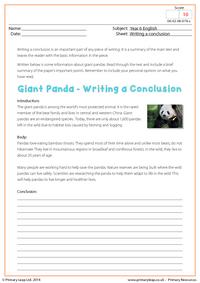
Year 6 English: Writing a conclusion is an important part of any piece of writing. It is a summary o


Year 6 English: Writing a conclusion is an important part of any piece of writing. It is a summary o

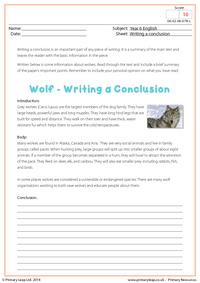
Year 6 English: Writing a conclusion is an important part of any piece of writing. It is a summary o

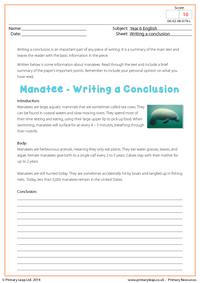
Year 6 English: Writing a conclusion is an important part of any piece of writing. It is a summary o

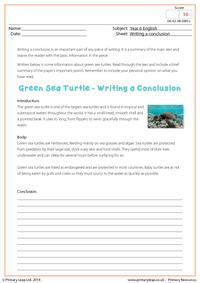
Year 6 English: Writing a conclusion is an important part of any piece of writing. It is a summary o

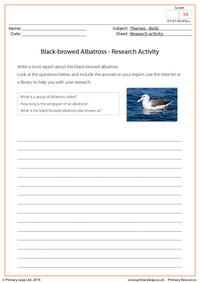
Celebrate National Bird Day with our bird theme worksheets. This worksheet asks students to write a

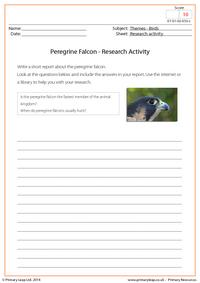
Celebrate National Bird Day with our bird theme worksheets. This worksheet asks students to write a

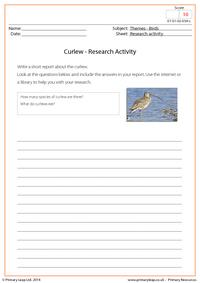
Celebrate National Bird Day with our bird theme worksheets. This worksheet asks students to write a

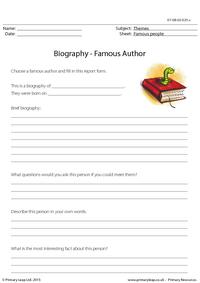
Students are asked to choose a famous author and fill in this handy report form.

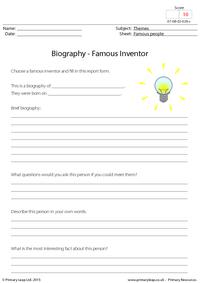
Students are asked to choose a famous inventor and fill in this handy report form.

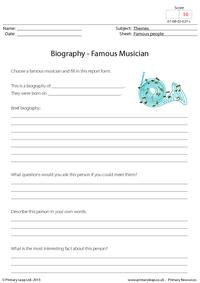
Students are asked to choose a famous musician and fill in this handy report form.

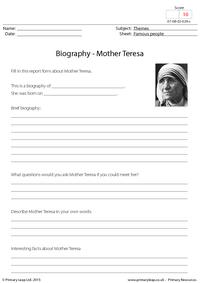
Students are asked to fill in this handy report form about Mother Teresa.

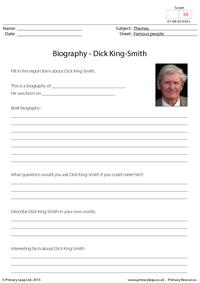
Students are asked to fill in this handy report form about Dick King-Smith.

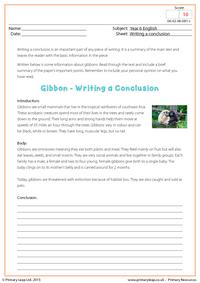
Year 6 English: Writing a conclusion is an important part of any piece of writing. It is a summary o

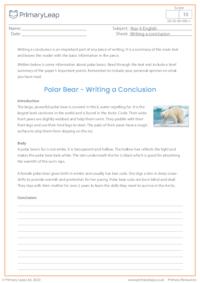
Year 6 English: Writing a conclusion is an important part of any piece of writing. It is a summary o

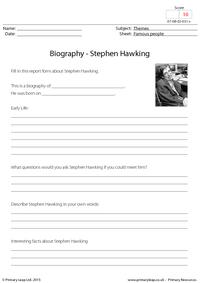
Students are asked to fill in this handy report form about Stephen Hawking.

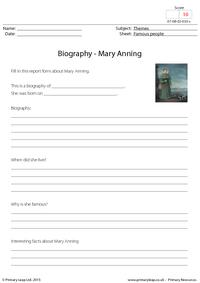
Students are asked to fill in this handy report form about Mary Anning.

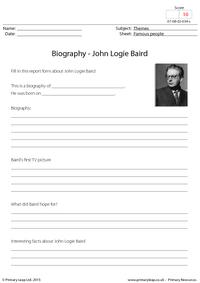
Students are asked to fill in this handy report form about John Logie Baird.

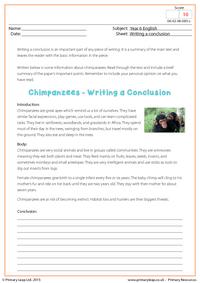
Year 6 English: Writing a conclusion is an important part of any piece of writing. It is a summary o

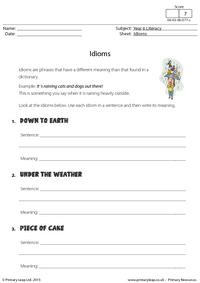
Idioms are phrases that have a different meaning than that found in a dictionary.Students are asked

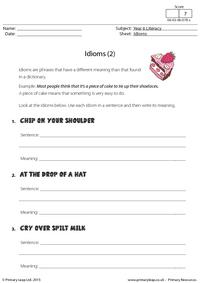
Idioms are phrases that have a different meaning than that found in a dictionary.Students are asked

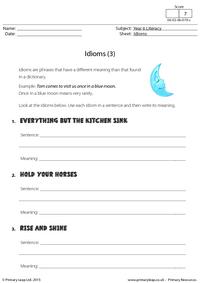
Idioms are phrases that have a different meaning than that found in a dictionary.Students are asked

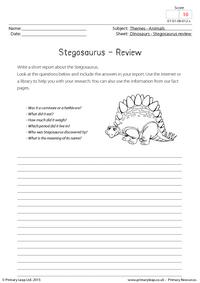
Students look at the questions and include the answers in their report. Use the internet or a librar

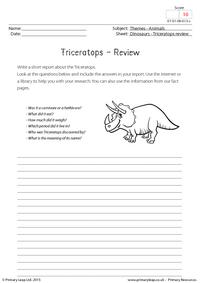
Students look at the questions and include the answers in their report. Use the internet or a librar

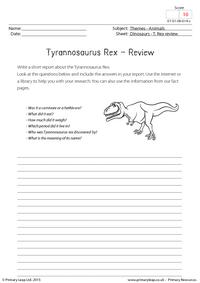
Students look at the questions and include the answers in their report. Use the internet or a librar

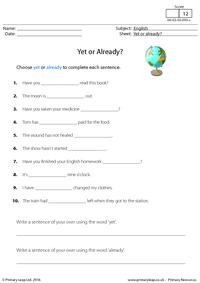
Yet or already? Students are asked to choose the correct word to complete each sentence.

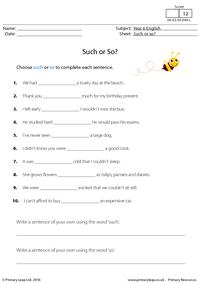
Such or so? Students are asked to choose the correct word to complete each sentence. They then write

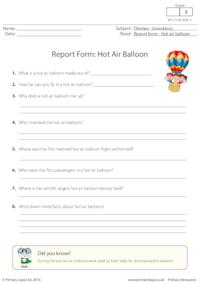
Students are asked to carry out their own research and answer the questions about hot air balloons.


Students are asked to carry out their own research and answer the questions about Velcro.
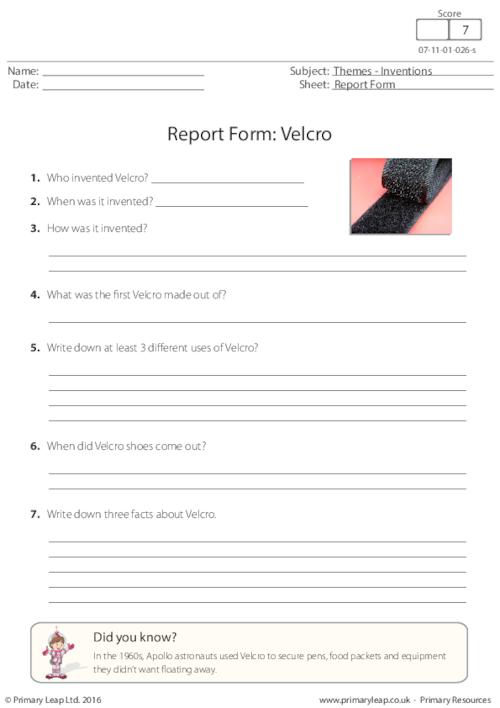
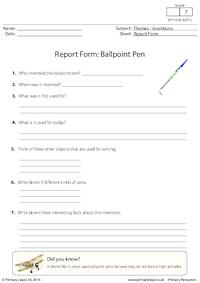
Students are asked to carry out their own research and answer the questions about the invention of t

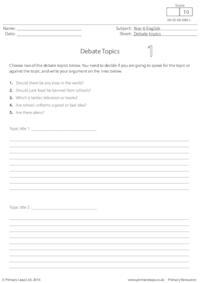
Students must make a good argument, keep the audience involved, and finally, gain the decision in th

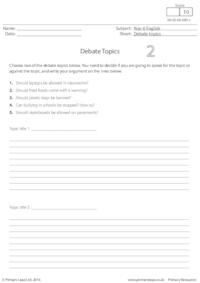
Students must make a good argument, keep the audience involved, and finally, gain the decision in th

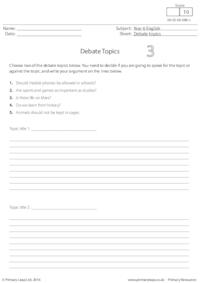
Students must make a good argument, keep the audience involved, and finally, gain the decision in th

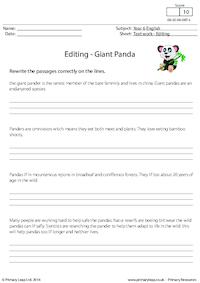
Editing and proofreading are essential aspects of effective writing. Students read the passages care


Students are asked to use resources like the internet, library books, or magazines to help them answ
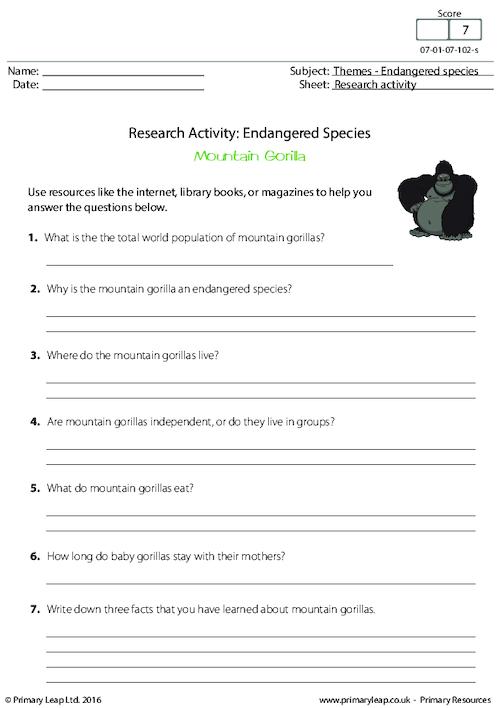
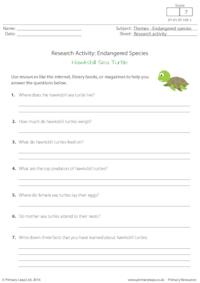
Students are asked to use resources like the internet, library books, or magazines to help them answ

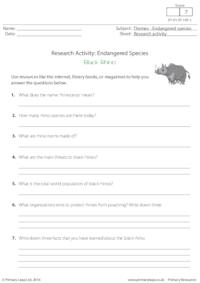
Students are asked to use resources like the internet, library books, or magazines to help them answ

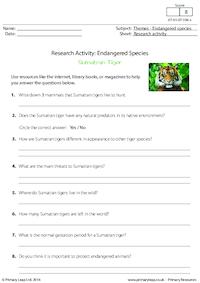
Students are asked to use resources like the internet, library books, or magazines to help them answ

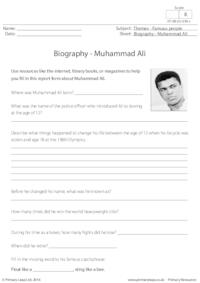
Where was Muhammad Ali born? Before he changed his name, what was he known as? When did he retire? S

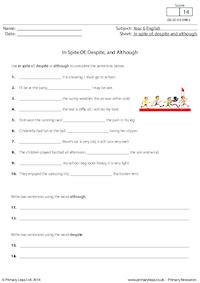
Students must firstly fill in the gaps using the correct word. They are then asked to write sentence

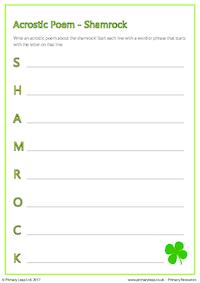
Write your own poem about the shamrock with the help of this fun acrostic printable.

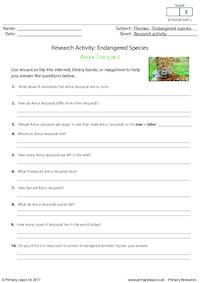
Students are asked to use resources like the internet, library books, or magazines to help them answ

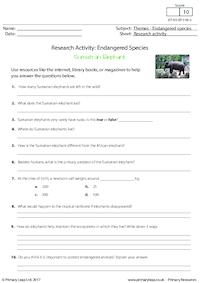
Students are asked to use resources like the internet, library books, or magazines to help them answ

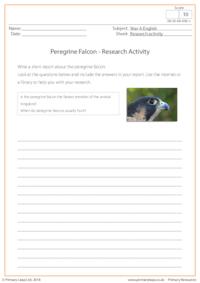
This KS2 English resource is a short report about the peregrine falcon. Students include the answers

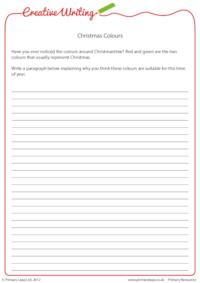
A Christmas themed creative writing resource.

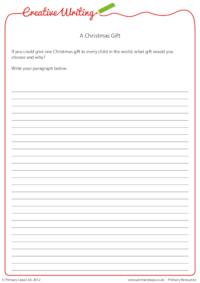
This KS2 Christmas themed resource asks students to choose one gift that they could give each child

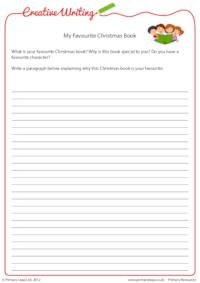
A KS2 Christmas themed creative writing exercise for primary students.

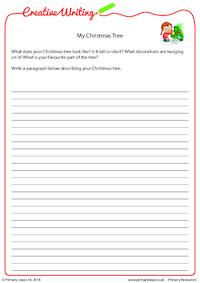
A Christmas themed creative writing resource for primary students.

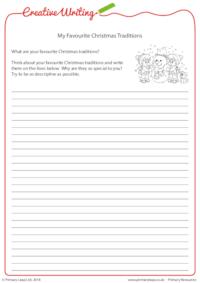
Keep your students' creativity alive with this fun Christmas-themed creative writing activity. This

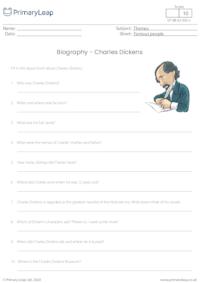
Who was Charles Dickens? When and where was he born? Students are asked to carry out some research a

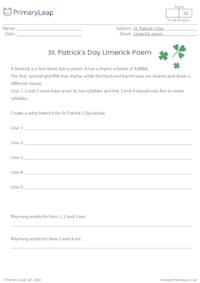
A limerick is a five-lined, funny poem with a rhyming scheme of AABBA. This fun, useful worksheet ex


The Iditarod Trail Sled Dog Race takes place every year in early March. It is a long-distance sled d
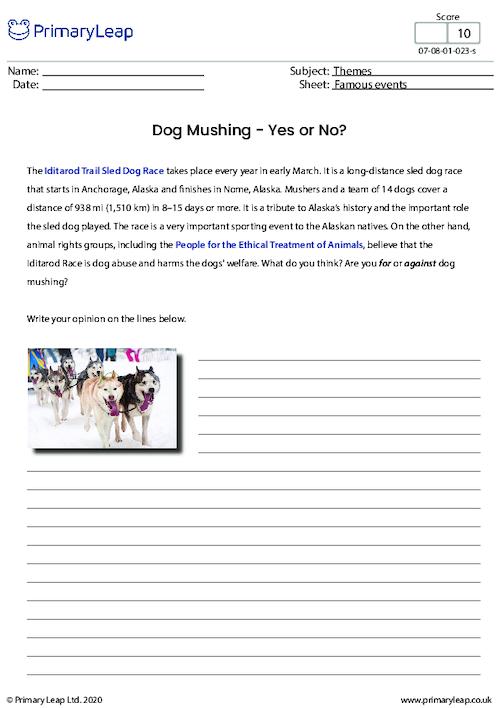
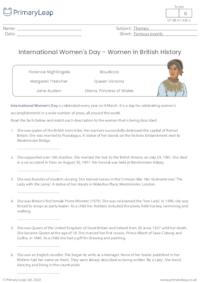
International Women's Day is celebrated every year on 8 March. It is a day to celebrate women's acco

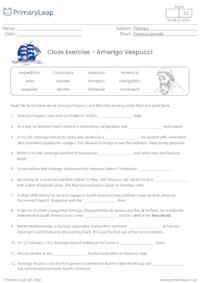
Students learn some interesting facts about Amerigo Vespucci, the man who discovered that the Americ

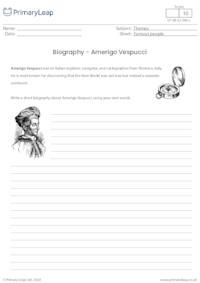
Amerigo Vespucci was an Italian explorer, navigator, and cartographer from Florence, Italy. He is mo

An email has been sent to your account please activate your account to continue.



Select your Account Type
I'm a Parent Add up to 6 children
PrimaryLeap has introduced a new interactive learning platform and would like to offer you a completely Free Upgrade.
We understand that you may only want to use our services for worksheets and may not want to upgrade your account.
But if you are interested in trying out our new services then you're just a click away.

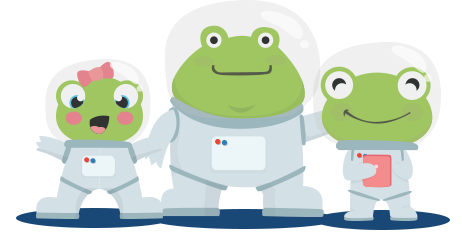
An email has been sent to your account please activate your account to continue.
You've answered
and have 2 Questions remaining
Import multiple students information through a CSV File. Browse or drag .CSV file below.


